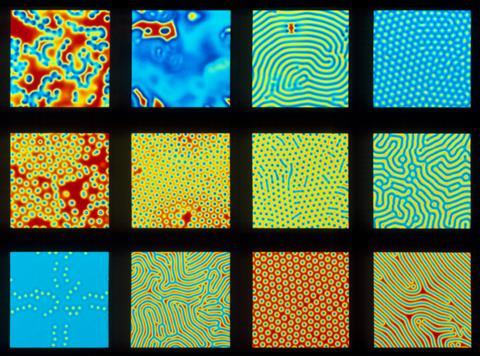
A collection of scientific papers written by the codebreaker Alan Turing, including his only chemistry paper, has been sold at auction for over £465,000. The papers, which were almost shredded by their owners who were initially unaware of their historical importance, sold for more than three times their expected sale price – a new record for Turing’s works.
Turing’s most significant work, ‘On computable numbers’, which introduced the idea of a ‘universal computing machine’, was initially valued at £40,000–£60,000 but sold for £208,000.
Meanwhile, for Turing’s personal, signed copy of his PhD dissertation, the hammer went down on a closing bid of £110,500 after also being valued at £40,000–£60,000.
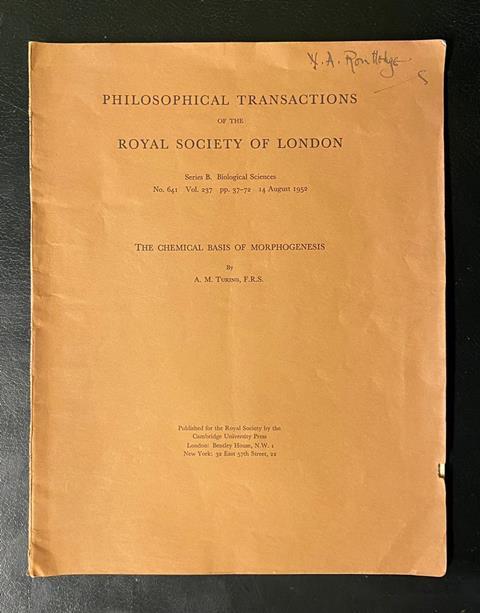
Turing’s only chemistry paper, The chemical basis of morphogenesis, which was published in 1952, was sold for £19,500. In this paper, Turing proposed that an embryo becomes patterned into regions with different anatomical fates by chemical substances called morphogens, which diffuse through cells and tissues. He showed how, under certain theoretical conditions, interacting morphogens could give rise to the patterns we see in nature such as spots, spirals and stripes, now known widely as Turing patterns. This now widely-accepted work actually explains how the leopard got its spots and the zebra got its stripes.
In addition to the academic works, the sale featured some personal items, including a handwritten letter from Turing’s mother, Ethel, which accompanied the collection of papers when they were originally gifted to Turing’s friend and fellow mathematician Norman Routledge. Following Routledge’s death in 2013, his sisters, who were given the task of sorting through his belongings, stored Turing’s papers in one of their lofts.
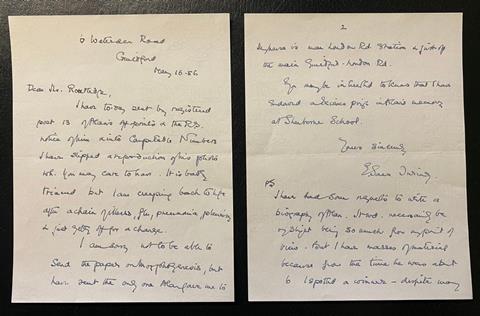
After the sister moved to a care home almost a decade later, her daughters came across the papers and considered shredding them. However, on attending a Routledge family reunion event in November 2024, a cousin suggested they seek an expert opinion. And so they were taken, in a carrier bag, to a local valuation day at Hansons Auctioneers, who sent them to their specialist saleroom, Rare Book Auctions, where months were spent researching and cataloguing the papers.

‘Knowing Turing’s legacy – his life, his brilliance and his contribution to modern computing – I was completely taken aback,’ says Charles Hanson, manager of Hansons Auctioneers. ‘How does one even begin to place a value on such a legacy? That’s why, through Hansons’ Rare Book Auctions arm, led by the brilliant Jim Spencer, we were able to piece together the significance of these documents.’
‘The result was an outpouring of global interest, and a reminder that Turing’s life and achievements must continue to be celebrated and studied.’



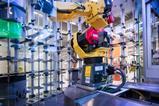
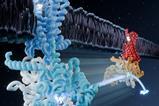
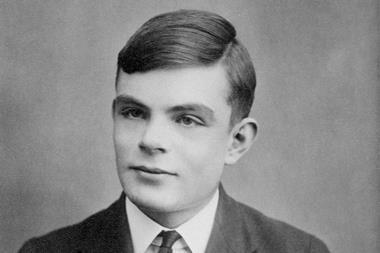
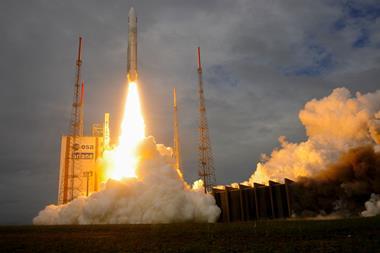
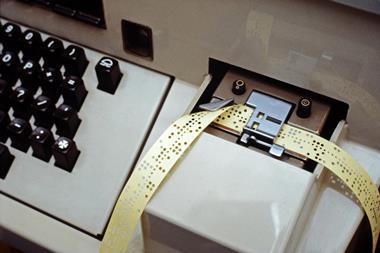
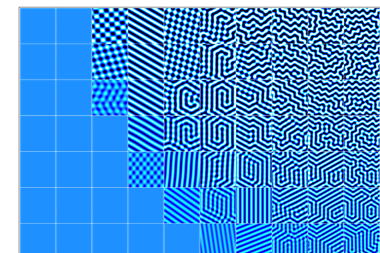
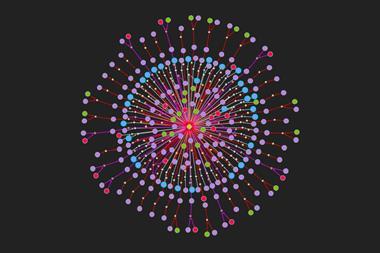

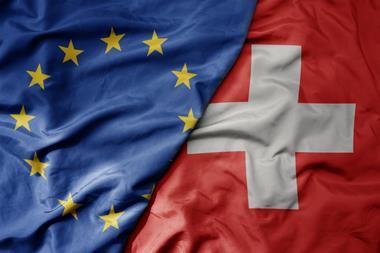





No comments yet